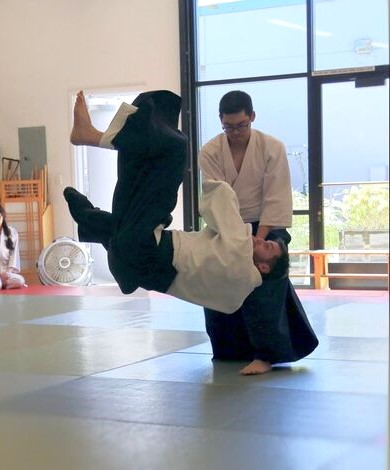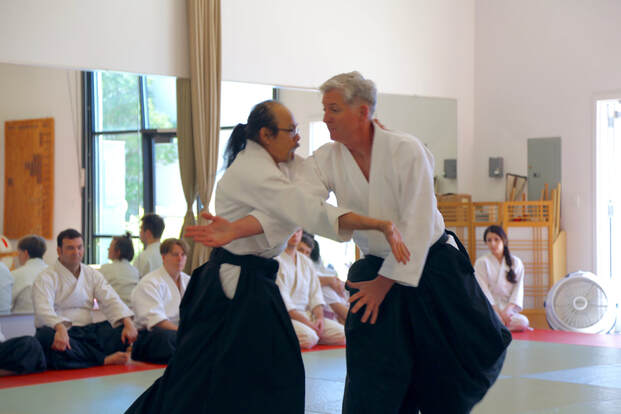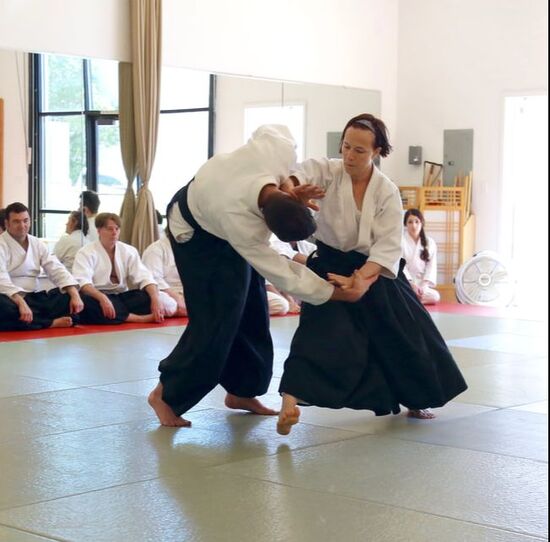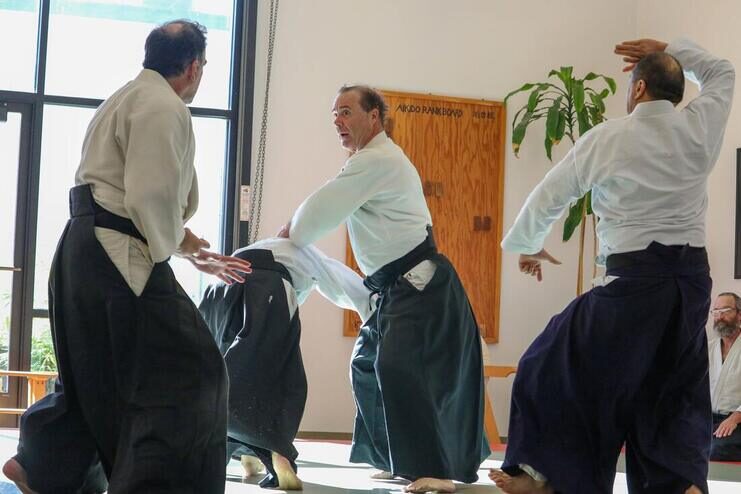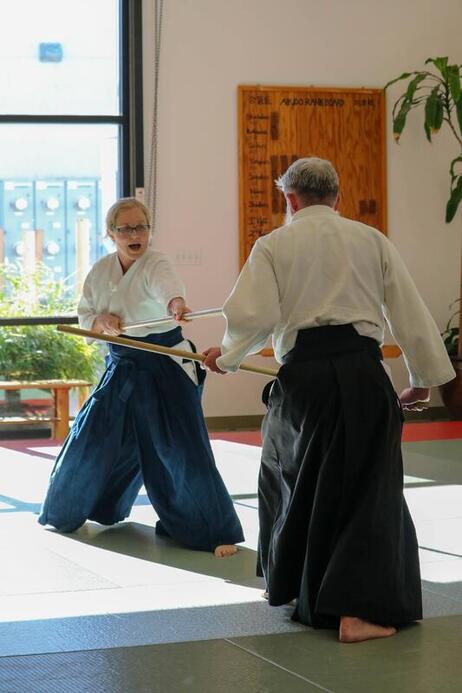Category: Dan essay
-

Submitted for the rank of Sandan – May, 2024 In the writings of the founder, there are numerous cryptic references to the concept of “the void” or “emptiness”. The fact that he placed great importance on these concepts is made apparent in the following doka: If you have notlinked yourselfto true emptiness,you will never understandthe…
-

Submitted for the rank of Yondan – May, 2024 Bushido means “Way of the Warrior” in Japanese, where Bushi translates to “warrior” and Do to road, path, or way, implying a way of life. Generally, it describes the codes, practices, philosophies, and principles of samurai culture. The Bushido code teaches respect, appreciation for life, mercy,…
-

Ai (Harmony/Balance)Ki (Energy/Life)Do (Way/Path) Aikido was created by Morihei Ueshiba, also known as O’Sensei, a Japanese martial artist, in the early 20th century. Born on December 14, 1883, in Tanabe, Japan, Ueshiba began studying martial arts at a young age, training in various styles, including jujutsu and kenjutsu. The development of Aikido was influenced by Ueshiba’s martial arts…
-

Submitted for the rank of Yondan – Dec 29, 2023 The word “muteki” in Japanese means, “no enemy”. It is comprised of two kanji characters: “mu” for emptiness or nothing, and “teki”, for enemy. The term is usually used to describe someone so strong they have no enemies; they are invincible, unrivaled. In the context of…
-
by Toby Hargreaves About three weeks before my exam at the Takemusu Aikido Association Memorial Day Gasshuku this year, I tore a muscle in my rib-cage area. The cause was likely a confluence of two factors: a period of time at work involving long strenuous days and heavy lifting in awkward positions; and my intensifying…

